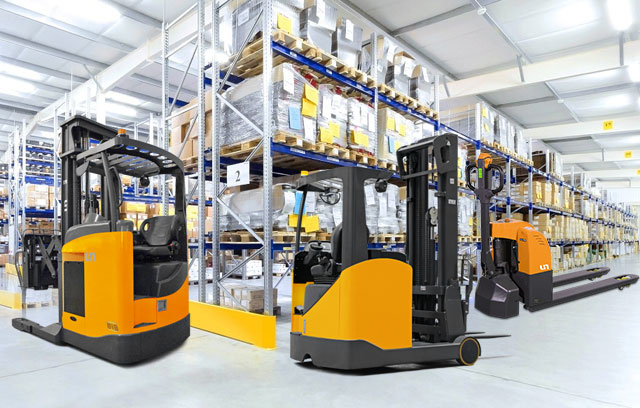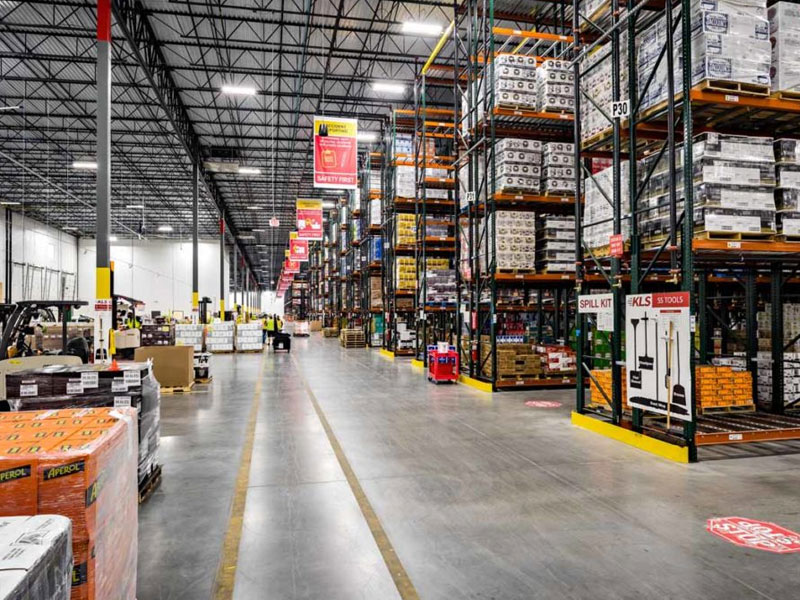The ability to move diagonally is a key feature of multi-directional forklifts, and it has a significant impact on the overall maneuverability of the forklift. Here are several ways in which diagonal movement enhances maneuverability:
Improved Navigation in Confined Spaces:
Moving diagonally allows the forklift to navigate through tight spaces, narrow aisles, and crowded areas more effectively. This is especially crucial in warehouses where space optimization is essential.
Efficient Handling of Long Loads:
Diagonal movement is particularly beneficial when handling long or bulky loads. It enables the forklift to adjust its position without requiring multiple forward and backward maneuvers, reducing the risk of collisions and improving efficiency.
Enhanced Precision during Load Placement:
When aligning the forklift with a storage rack or a specific location for load placement, the ability to move diagonally provides operators with greater precision. This can be especially important when working with tightly packed storage configurations.
Reduced Need for Repositioning:
Diagonal movement minimizes the need for constant repositioning of the forklift. Operators can navigate through the warehouse with more fluidity, saving time and increasing overall productivity.
Optimized Path Planning:
The ability to move diagonally allows for optimized path planning. Operators can choose the most efficient route to reach their destination, reducing travel time and improving the overall flow of materials within the warehouse.
Increased Flexibility in Load Handling:
Diagonal movement provides increased flexibility in how loads are approached and handled. This is particularly advantageous when dealing with irregularly shaped or oversized items.
Quick Adjustments for Obstacle Avoidance:
In environments where obstacles may appear unexpectedly, such as other forklifts or equipment, diagonal movement allows for quick adjustments and avoids the need for complex maneuvers to navigate around obstacles.
Diagonal movement gives operators greater control over the forklift's position and orientation. This increased control contributes to safer and more efficient material handling operations.
Efficient Load Centering:
When picking up or placing a load, diagonal movement facilitates more efficient load centering. This is particularly important for maintaining stability and preventing load shifts during transport.
the ability to move diagonally significantly enhances the maneuverability of multi-directional forklifts. This feature is especially valuable in environments where space is limited, and precise load handling is crucial for efficient warehouse operations. It allows for more flexibility, quicker adjustments, and optimized navigation, ultimately contributing to improved productivity and safety.











 中文简体
中文简体 عربى
عربى Español
Español














